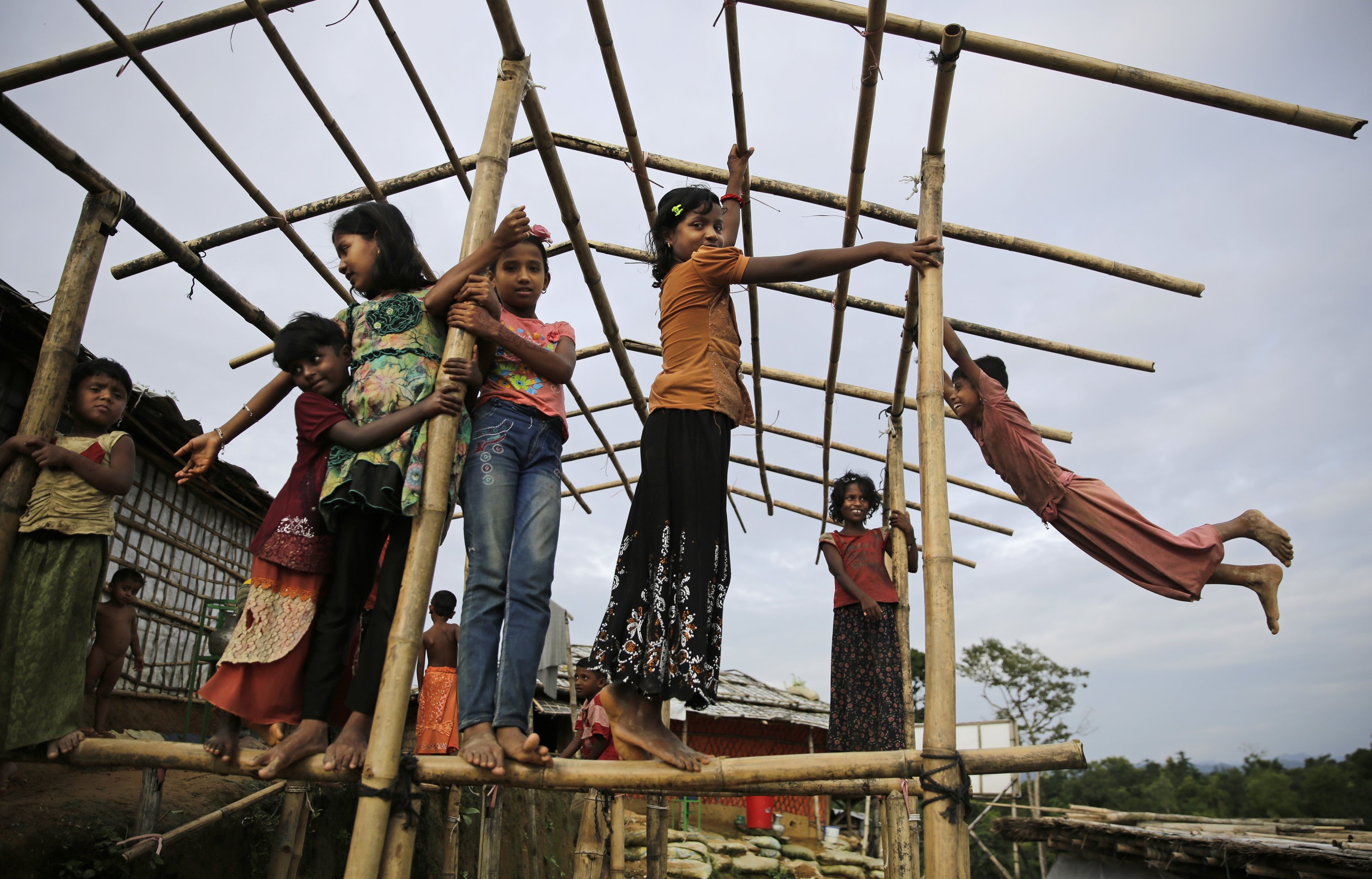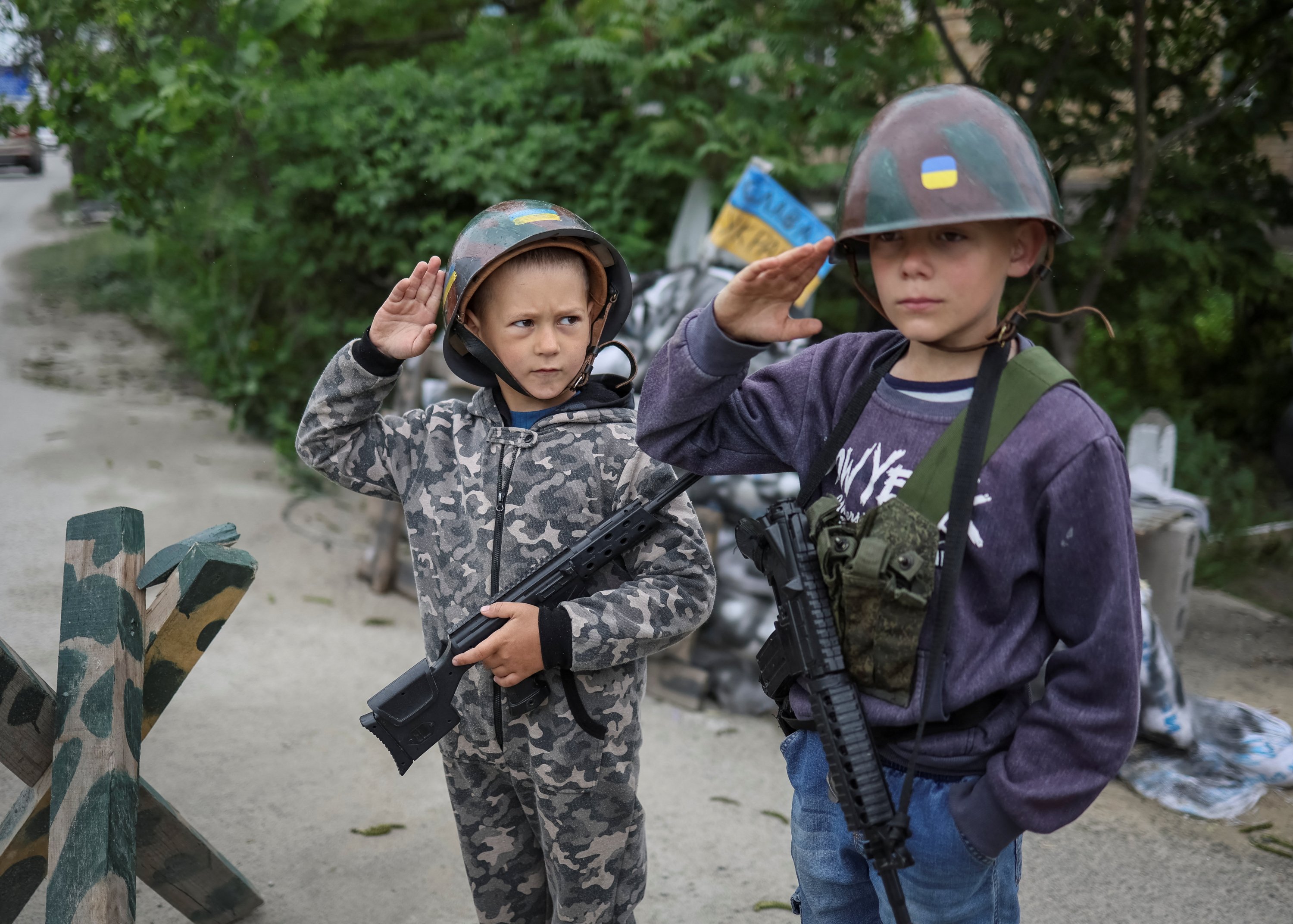© Turkuvaz Haberleşme ve Yayıncılık 2024
While the world is going through so many tragedies these days, the news about ongoing violence can be traumatizing for children. However, it may not be true to keep children away from all the things happening around them. For them to feel safer and secure, these issues are needed to be addressed by adults.
Experts have told The Times these are complex and sensitive conversations, but also vital.
Kids are “anxious and worried, and they’re dealing with the unknown,” one specialist told The Times after the 2015 San Bernardino terrorist attack. “Parents have to be role models in terms of establishing a sense of safety, security, predictability.”
There are some tips experts have suggested from previous Times coverage.
The first thing adults should do is make sure their child or adolescent knows they are willing and available to talk with them, Stephen Brock, a professor of school psychology at Cal State Sacramento, told The Times in 2019.
Younger kids may not be as worried. But teenagers are likely to know more and have concerns, so it’s better to address the subject directly with them rather than avoid it, said Carol Vidal, a child and adolescent psychiatrist at Johns Hopkins University, that same year.
Parents should immediately reassure children that they are safe – a practice that extends to all trauma survivors.
With younger children, adults can explain all that adults do to keep them safe, such as locking doors and conducting emergency drills.
Parents also can and should tell their children that a school is a safe place for them.

Give young children only brief, simple information. These children are less verbal so they may communicate about their anxiety by drawing or playing, Vidal said. Answer their questions with specifics, but don’t overload them.
For middle and high-school-age youth, more detailed conversations will be appropriate. The best place to have that conversation depends on the teen – it could be in the car or while a friend is present, instead of just sitting and talking about the event one on one.
This is true for youth of all ages. Violent images can cause secondary trauma, and developmentally inappropriate information can cause anxiety and confusion. For younger children, “every time they watch the news, they feel like it’s a new event as opposed to repetition of the same event. It’s important for them not to watch too much,” Vidal said.
While older kids will understand that difference, prolonged exposure to graphic images and details is harmful to them as well.

Children pick up everything their parents are saying and doing.
Parents can set an example by turning off the television, radio, or social media. It can be constructive for parents to acknowledge that constantly watching or hearing about a violent incident makes them too feel anxious or fearful.
But parents should make clear that they are handling their own emotions and that their child does not need to be strong for them, said Jonathan Vickburg, a licensed marriage and family therapist who treats kids dealing with trauma.
Sticking to regular routines can be reassuring and can help children and teens maintain a sense of normality.
That may be difficult in the hours and days immediately after a traumatic event, Vickburg said, but parents can still help their children put some order to their days – for example, by continuing to have dinner with family, doing homework, or hanging out with friends.
For teenagers, in particular, giving them extra time to be with their friends is important. It helps them establish normality and connect to their support network.
Review safety procedures at school and home. Let children know whom to call, where to meet, and how to communicate in case of an emergency. This helps children feel secure and know adults are in control.
